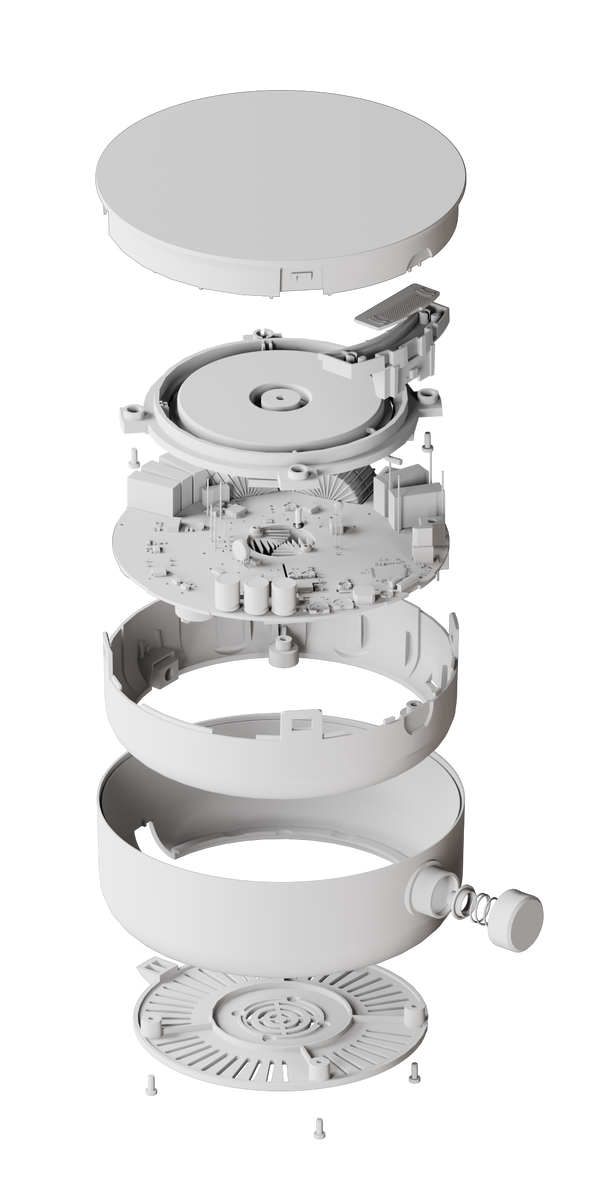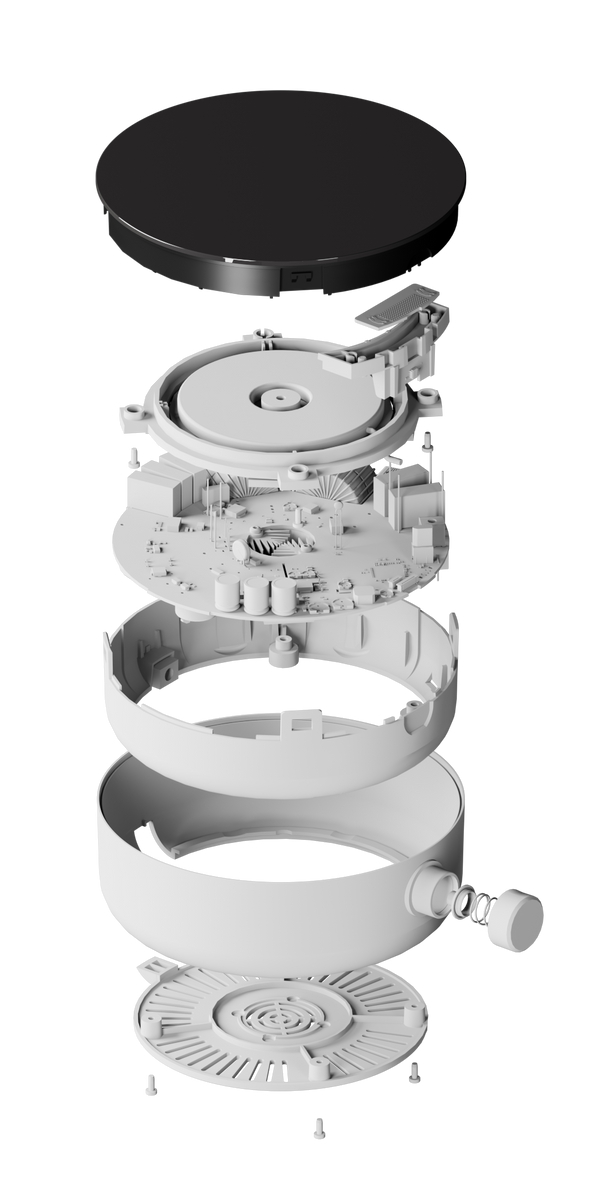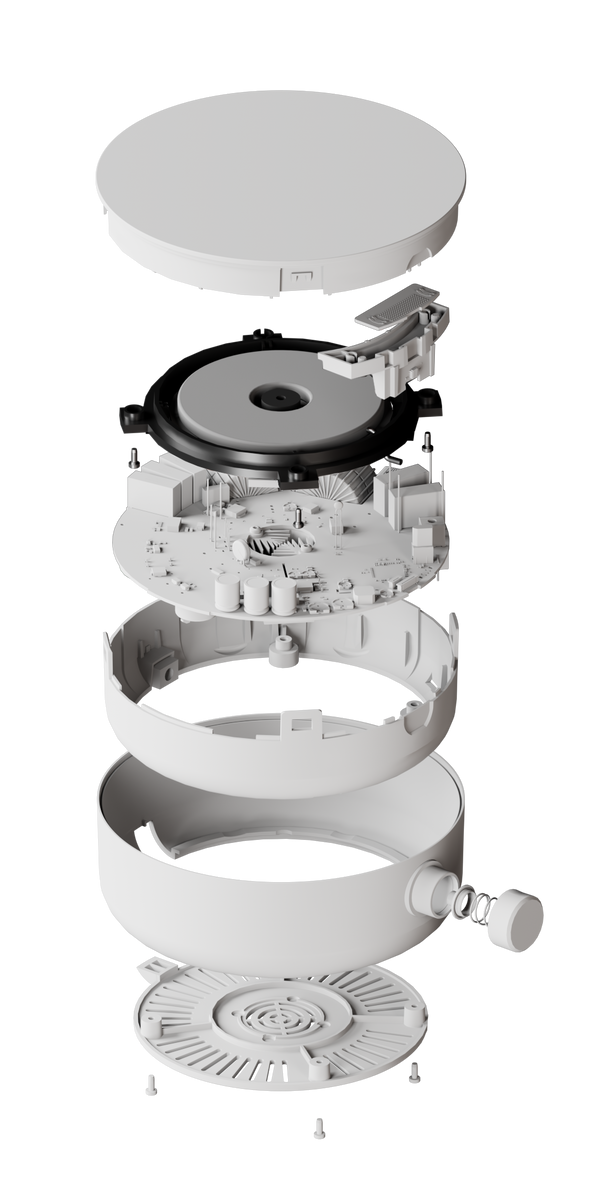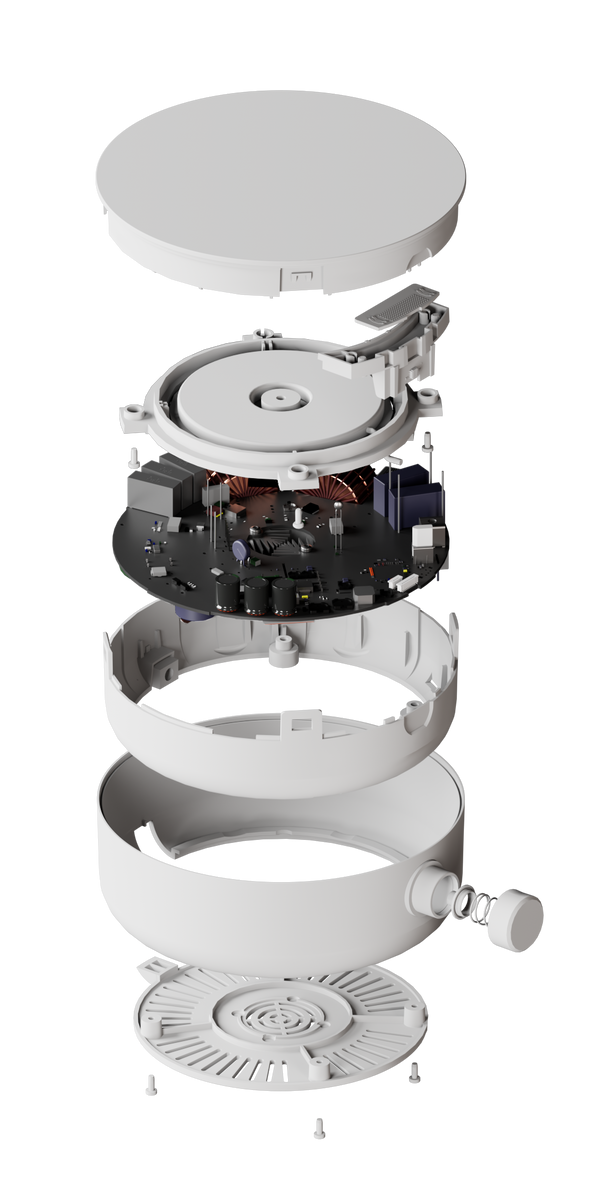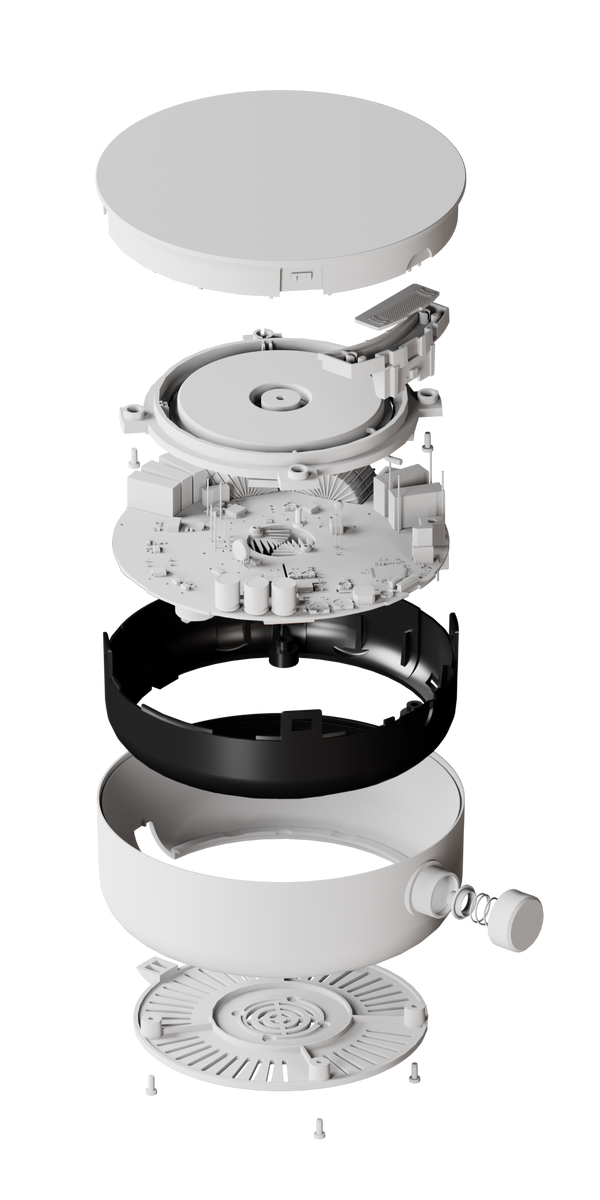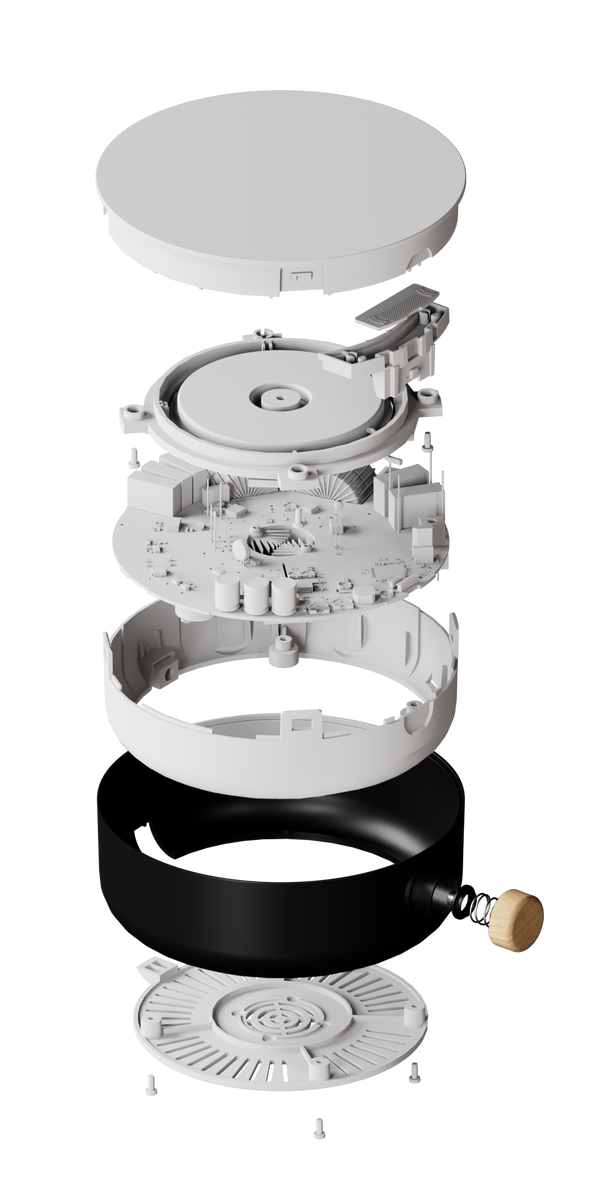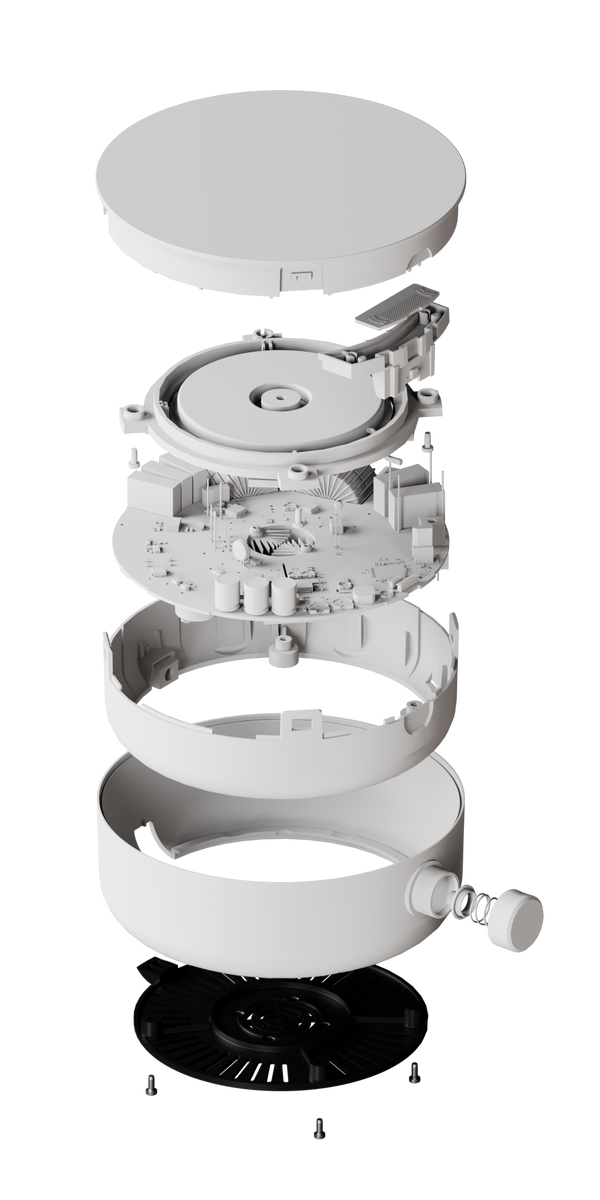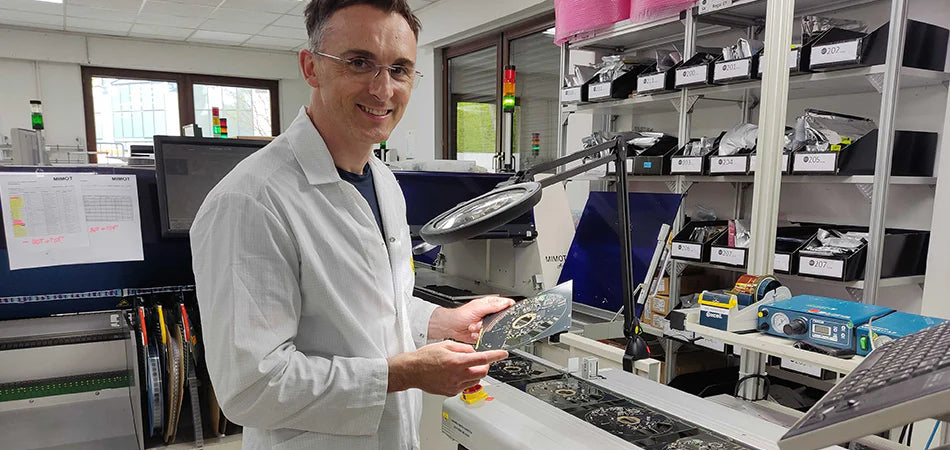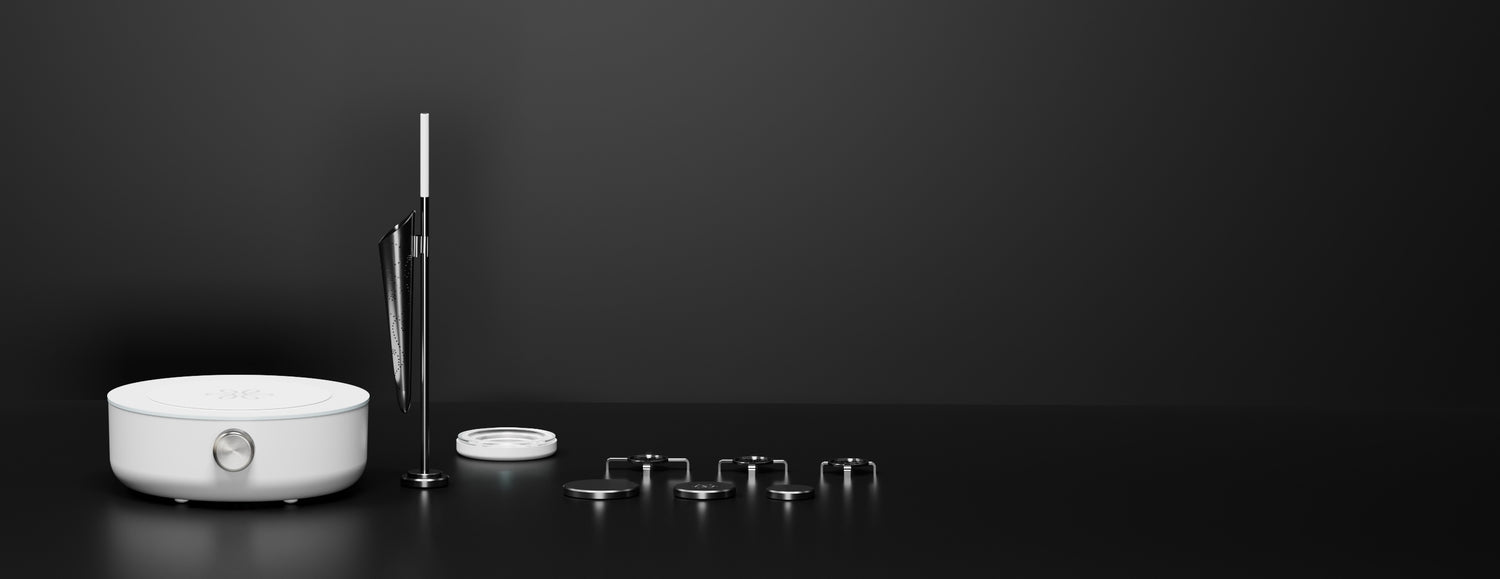The Heatle revolution, heating with German ingenuity
Heatle's story is more than just a tale of technological innovation. It's a testament to resilience, precision, and the relentless pursuit of revolutionizing induction technology.
-
-
Device information
- Temperature: 30 - 100 °
- Capacity: 50 - 1000 ml
- Material: Oak, stainless steel
- Voltage: 220 - 240v
The magic of induction
The concept is simple yet revolutionary: combine a special metal disc with the efficiency and energy of induction, and voilá: the revolutionary magic of rapid heating
-
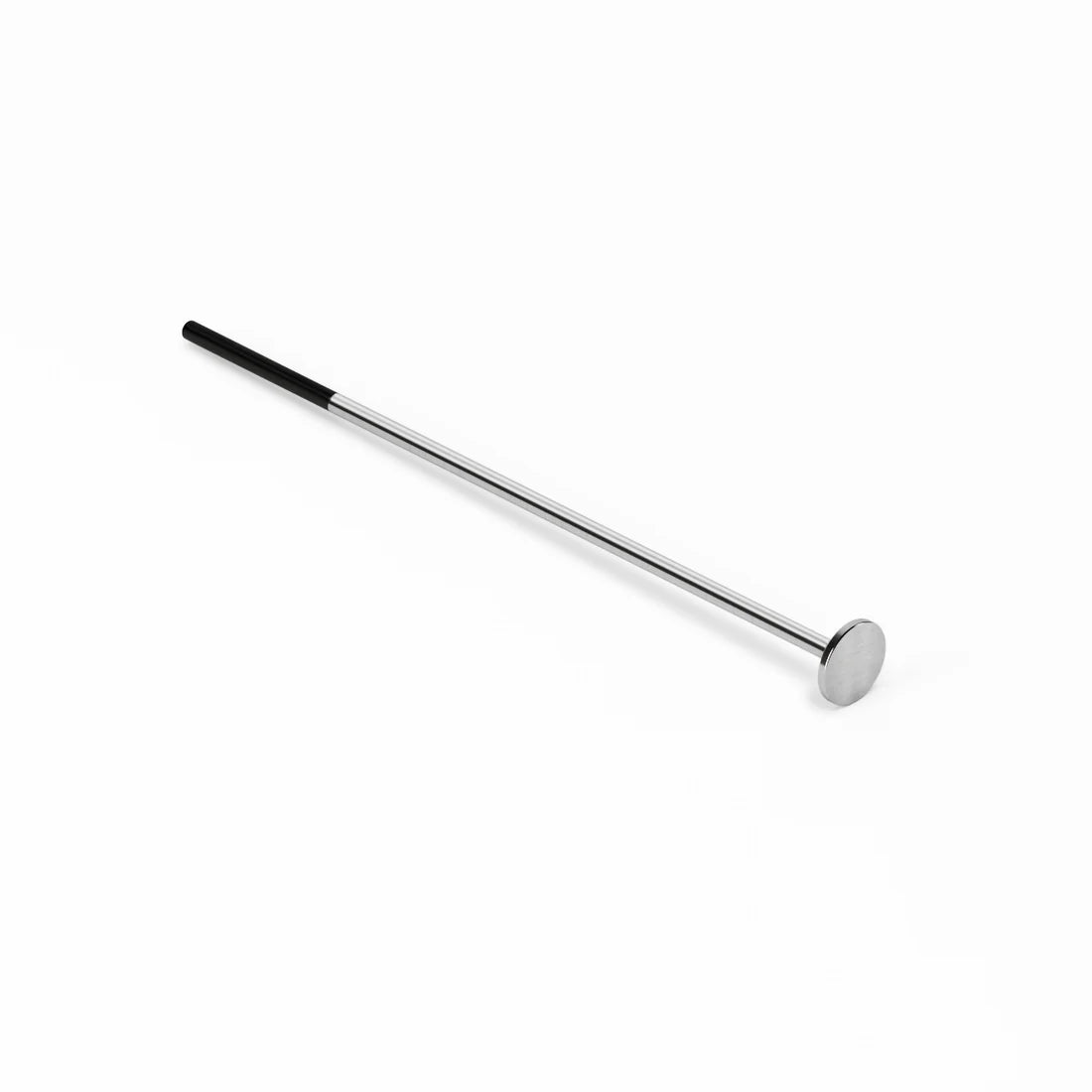
The Heatle rod
This stick with a smart sensor communicates with the Heatle via Bluetooth. It tells the device when your drink is ready. Place it in the cup for the heating to start.
-
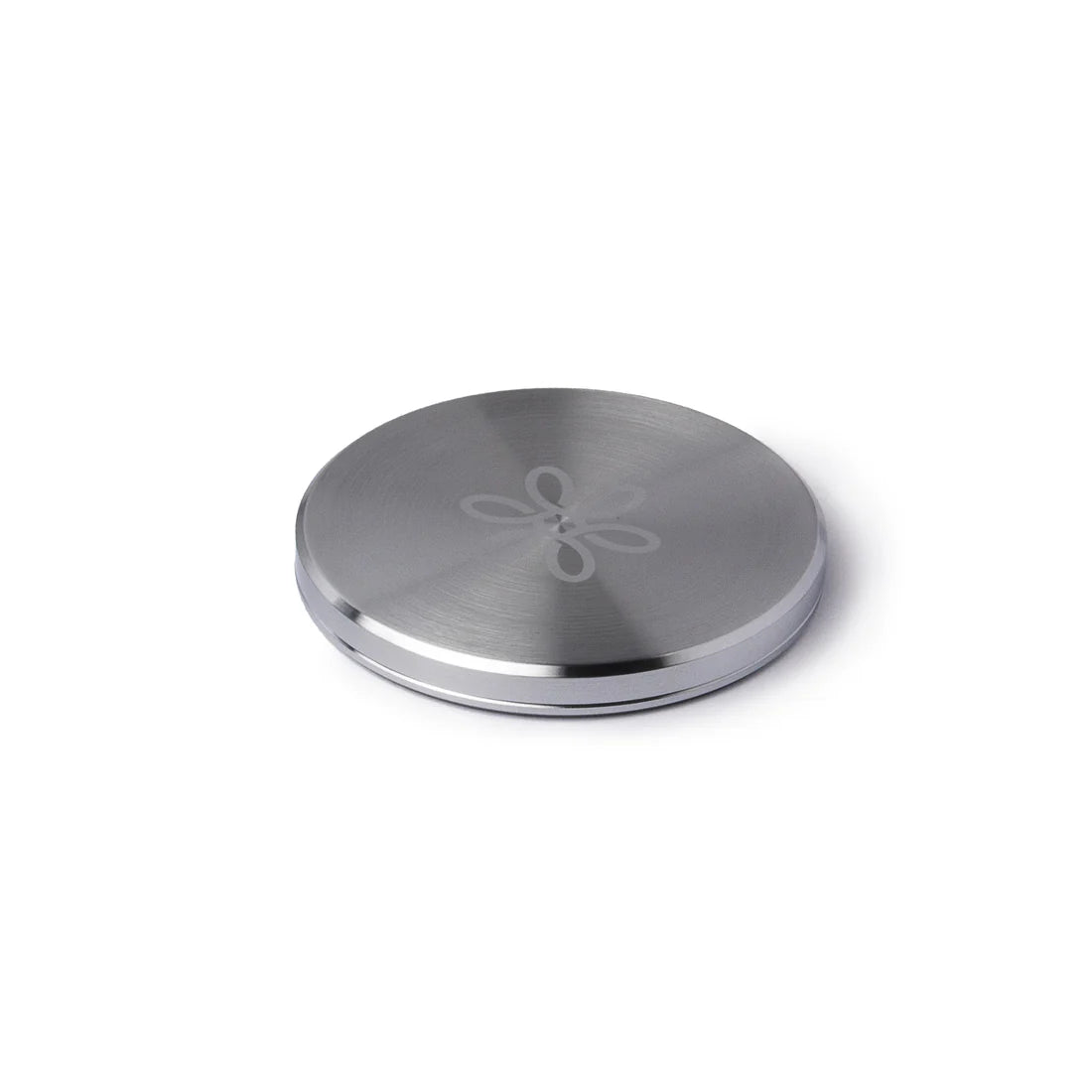
The Heatle disc
Via the magnetic metal disc, your drink heats up. It connects to the device and transfers the heat directly into your cup.

